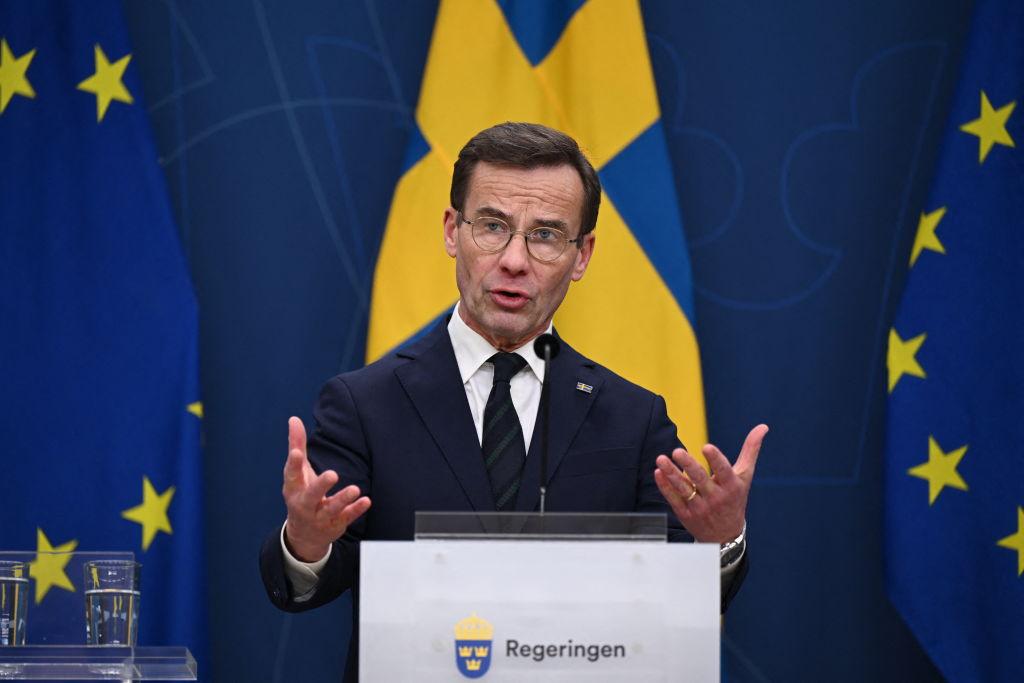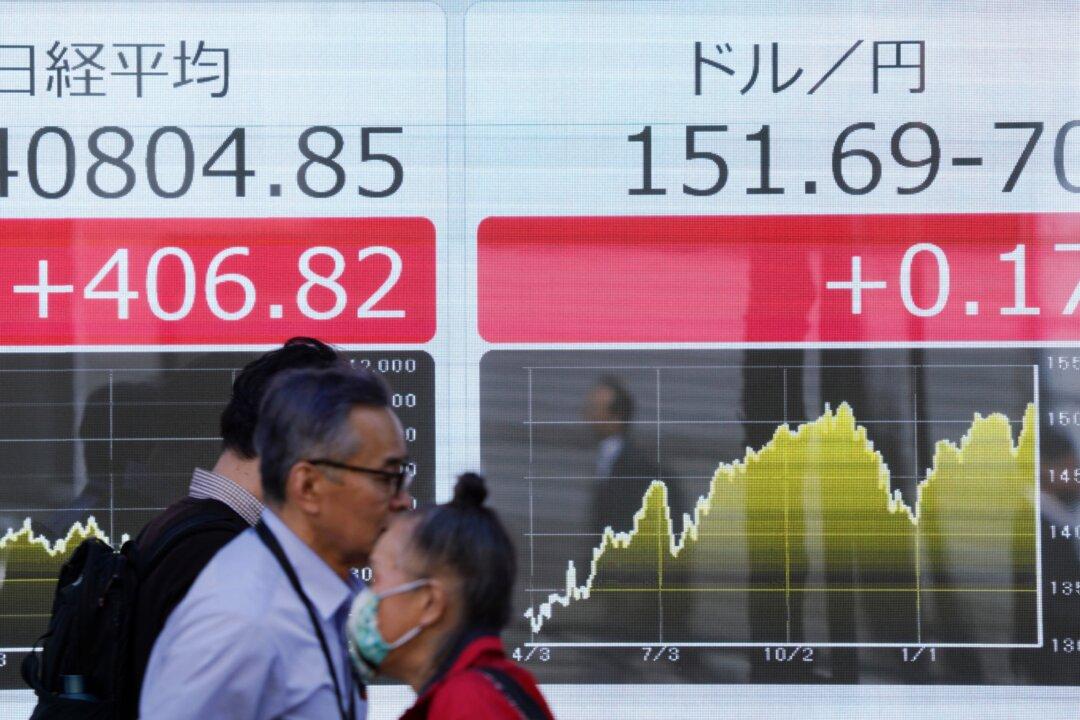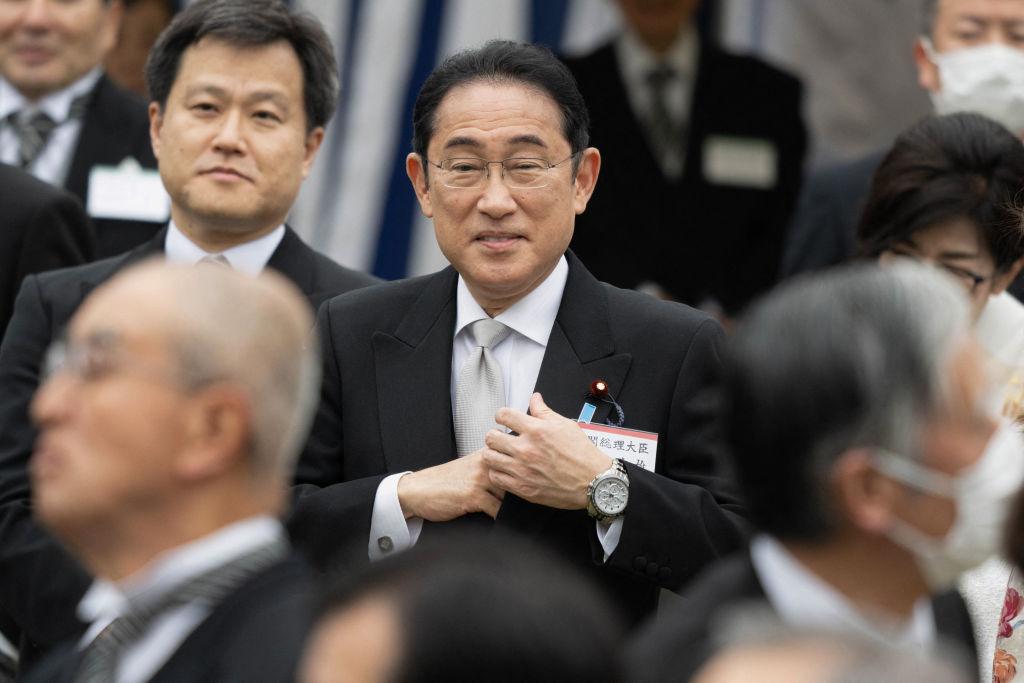In a significant shift after more than two centuries of neutrality, Sweden is poised to become the 32nd member of the North Atlantic Treaty Organization (NATO) following the Hungarian parliament’s ratification of its application.
The move, coming in the wake of the Russia-Ukraine conflict, has reshaped Sweden’s foreign policy stance from one of non-alignment to actively joining the collective defense and democratic values championed by the United States and its allies.
Sweden, alongside its neighbor Finland, sought NATO membership in response to growing security concerns in the region, exacerbated by Russia’s invasion of Ukraine. While Finland’s membership was confirmed in 2023, Sweden’s accession journey concluded with Hungary’s approval, marking a pivotal moment in the country’s history.
Swedish Prime Minister Ulf Kristersson heralded the development as “historic,” emphasizing Sweden’s commitment to contributing to NATO’s collective security obligations in a message on X (formerly Twitter).
From Neutrality to NATO: Historical Shift in Security Policy
Sweden, a Nordic powerhouse with a thriving economy, exemplified by a GDP per capita of $65,000 in 2023, and a population of approximately 10 million, stands at a crossroads of historical significance. Once a dominant force in northern Europe, surpassing even Russia in military might during the 17th century, Sweden’s geopolitical landscape has been shaped by centuries of rivalry, conflict, and strategic neutrality.The country’s ascent to prominence was marked by its role in the Thirty Years’ War, which positioned Sweden as a significant European power. However, the tides of power shifted during the Great Northern War, with Sweden ceding its dominant status to the burgeoning Russian Empire. The pivotal moment came in 1809, when Sweden, defeated in the Finnish War, was compelled to relinquish Finland to Russia, diminishing its territorial and political influence.
In the aftermath of the Napoleonic Wars, Sweden’s acquisition of Norway from Denmark, as stipulated by the Treaty of Kiel, and the subsequent Swedish-Norwegian War of 1814, signified the last of Sweden’s military engagements. From then on, Sweden embarked on a path of neutrality, a stance that was later refined to non-alignment post-Cold War, maintaining its distance from military alliances while participating in international peacekeeping efforts.
Despite its historic abstention from global conflicts, including both world wars, Sweden’s security policy underwent a monumental shift in the wake of Russia’s invasion of Ukraine in 2022. This event, perceived as a direct threat by the Swedish populace, catalyzed a reevaluation of the nation’s long-held neutrality.
The shift in public and political sentiment culminated in Sweden’s application to join NATO on May 18, 2022, a decision that marked a departure from over two centuries of military non-alignment.
NATO’s formal invitation to Sweden and Finland in June 2022, followed by the signing of accession protocols, signified a new chapter in Sweden’s defense strategy, emphasizing collective security over historical neutrality.
This policy transformation, as noted by Chinese affairs expert and media personality Shi Shan, represents a “landmark event” in Sweden’s national policy, reflecting a significant adaptation to the evolving global security environment.
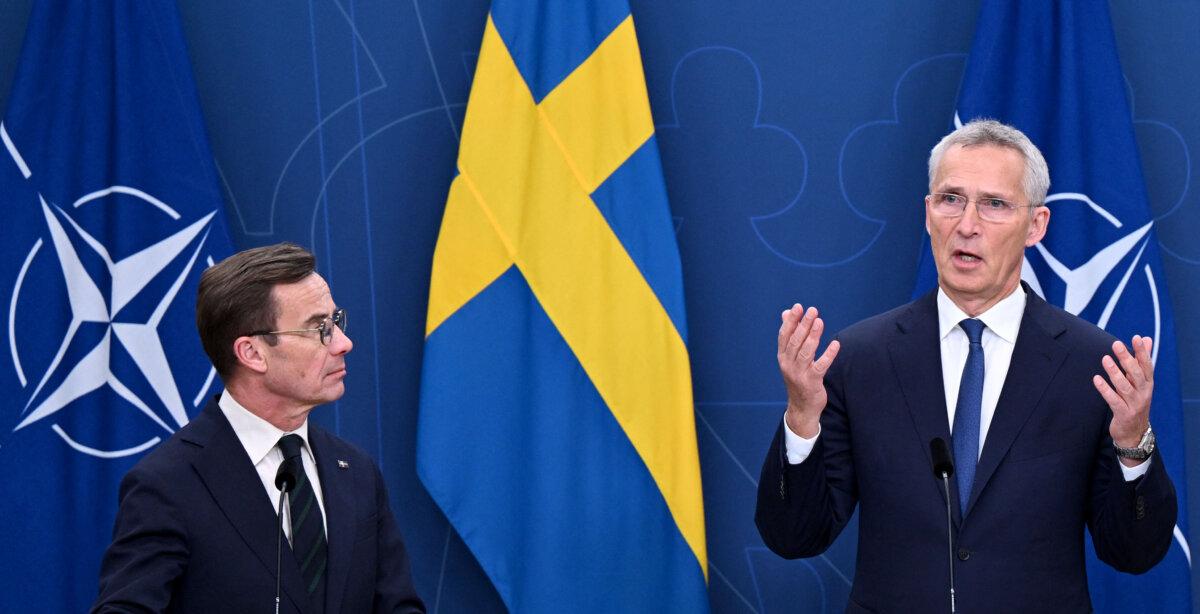
Catalysts Behind NATO Membership
The pivotal factors driving Sweden’s decision to join NATO are deeply intertwined with Russia’s aggressive posture, highlighted by its invasion of Ukraine and repeated threats of nuclear engagement. Russian President Vladimir Putin’s stance, particularly his explicit reluctance to engage in arms control negotiations with the United States, has been perceived as a form of nuclear blackmail.Sweden, feeling the direct threat from Russia’s unpredictability and its substantial nuclear arsenal, has sought assurance under the protective umbrella of the United States and NATO. The heightened security concerns in Europe, exacerbated by Russian actions that have alarmed the international community, underscore the urgency of this alignment.
Mr. Shi elaborated on the necessity of NATO’s protection, particularly against the backdrop of nuclear threats, “For countries like Sweden ... confronting Russia in conventional warfare is possible, but once nuclear weapons are involved, it becomes a completely different issue ... Sweden needs the protection of NATO.”
Interestingly, Mr. Putin’s vehement opposition to NATO’s eastward expansion has paradoxically spurred its growth, not only eastward but significantly toward the north, incorporating Finland and Sweden. This expansion has prompted Russia to restructure its military, demonstrating the intricate dance of power and security that defines the current geopolitical landscape.
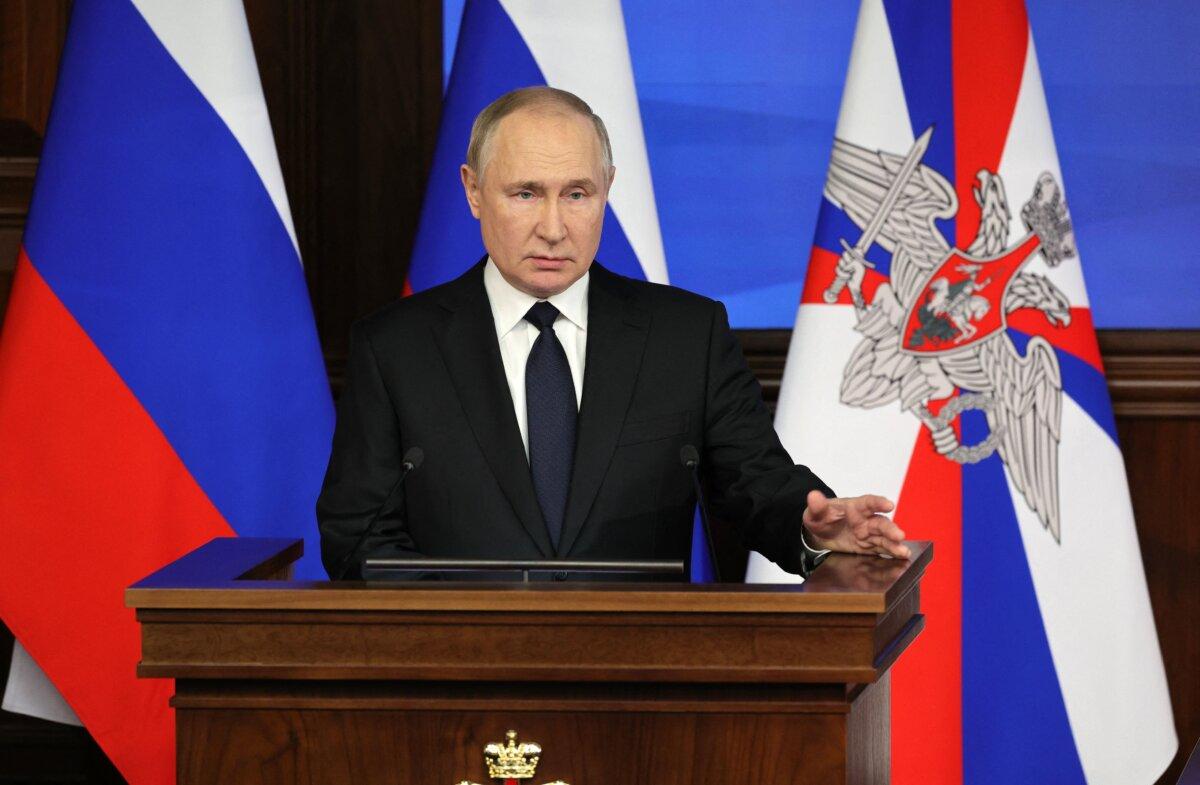
A Strategic Shift in the Baltic Sea
Sweden’s accession to NATO marks a strategic realignment in the Baltic Sea region, effectively completing the military alliance’s encirclement of this critical area. After decades of commitment to neutrality, underscored by a robust military capability to preserve its non-aligned status, Sweden has shifted its position.However, the post-Cold War era saw a significant reduction in Sweden’s defense expenditure, from 2.6 percent of its GDP in 1990 to 1.2 percent by 2020, reflecting a shift toward global peacekeeping roles over national defense.
The resurgence of regional security concerns, notably Russia’s aggressive maneuvers in Ukraine, catalyzed Sweden’s reassessment of its military spending and strategic posture. By March 2022, Sweden pledged to elevate its defense budget to 2 percent of GDP, with projections indicating a rise to 2.1 percent by 2024, signifying a reinvigorated commitment to bolstering its defense capabilities in the face of growing threats.
Sweden’s integration into NATO entails substantial modifications to its military operations, transitioning from independent missions to collaborative defense efforts aligned with NATO’s standards.
Jan Henningson from the Swedish Defence Research Agency (FOI) highlights the need for Sweden to adapt its defense strategies to conform to the alliance’s collective security framework. This collaborative stance is further emphasized by Robert Dalsjo, another FOI analyst, who stresses the importance of Sweden learning to operate as part of a team, focusing not only on national defense but also on the protection of allied territories.
The strategic importance of Sweden’s NATO membership cannot be overstated. With the largest military force in the Nordic region, including a fleet of around 100 fighter jets boasting advanced precision-guided munitions and electronic warfare capabilities, Sweden significantly bolsters NATO’s deterrence and defense posture against Russia. Furthermore, Sweden’s expertise in submarine warfare, particularly suited to the shallow depths of the Baltic Sea, adds a unique dimension to NATO’s maritime capabilities.
The implications of Sweden joining NATO extend to transforming the Baltic Sea into a stronghold of alliance power, challenging Russia’s military freedom in the region. The proximity of Russia’s Kaliningrad naval base to the Swedish island of Gotland, a mere 300 kilometers (186 miles) away, places Sweden in a strategic position to monitor and counteract Russian naval activities, enhancing the security and stability of the Baltic Sea region.
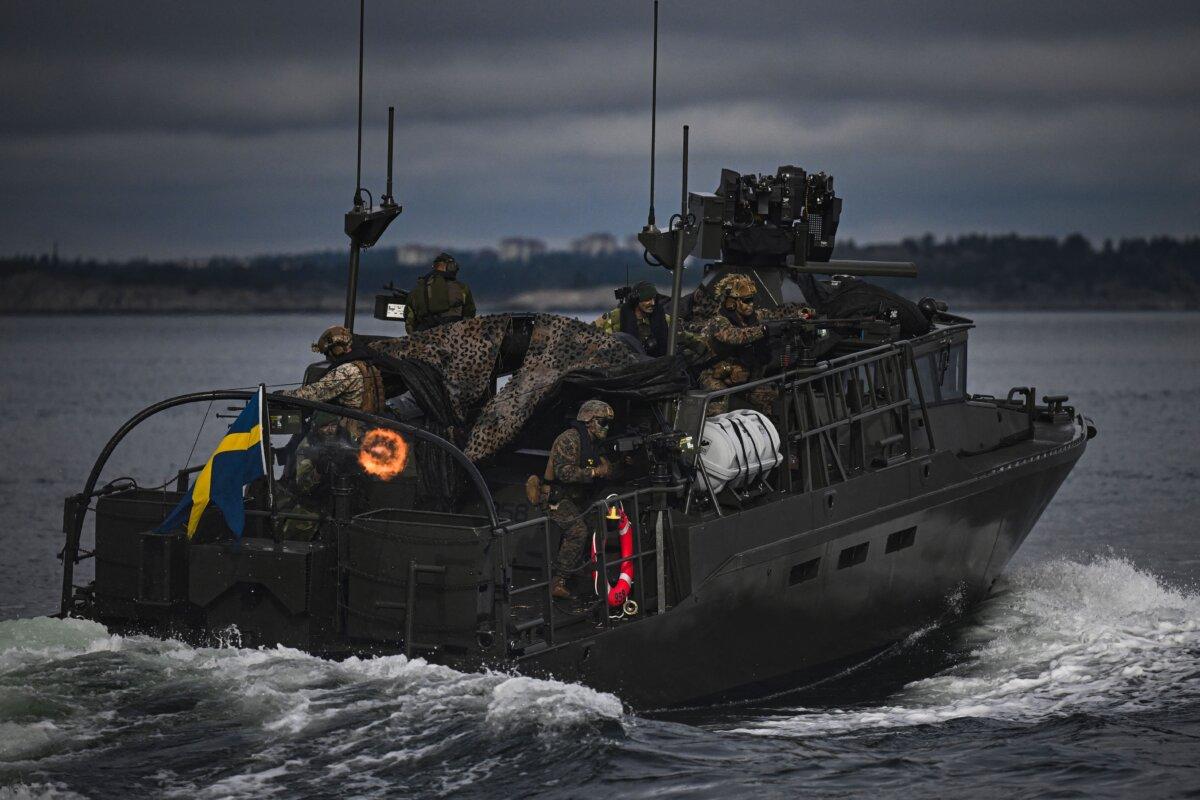
The Transformation of Global Alliances: Beyond Neutrality
The establishment of NATO on April 4, 1949, marked a pivotal moment in global military alliances. It was founded by the United States, the United Kingdom, and France, among others, to counterbalance the Soviet Union and its Eastern European allies. The heart of NATO’s founding treaty encapsulates the principle of collective defense, asserting that an attack on one member is considered an attack on all, thereby mandating mutual support among its members.This formation set the stage for the Cold War’s bipolar geopolitical landscape, further delineated by the Warsaw Pact’s creation on May 14, 1955. This alliance, comprising the Soviet Union and several Eastern European countries, stood as the communist bloc’s countermeasure to NATO. However, the end of the Cold War and the subsequent dissolution of the Warsaw Pact in 1991 saw a dramatic shift in global alliances, with former Eastern bloc countries transitioning toward NATO membership.
The recent Russian aggression in Ukraine has significantly impacted the contemporary world order, illustrating a stark division between support for Russia from countries like China, Iran, and North Korea, and the Western bloc led by the United States.
Mr. Shi’s analysis highlights the current geopolitical reality: “Today, the world is increasingly divided into two camps, leaving no middle ground. Especially for countries with strategic significance, it’s no longer possible to ‘have one’s feet in two boats.’ The global situation is becoming particularly tense. In such a scenario, many neutral countries must choose a side, and all neutral nations may have to confront this issue.”
